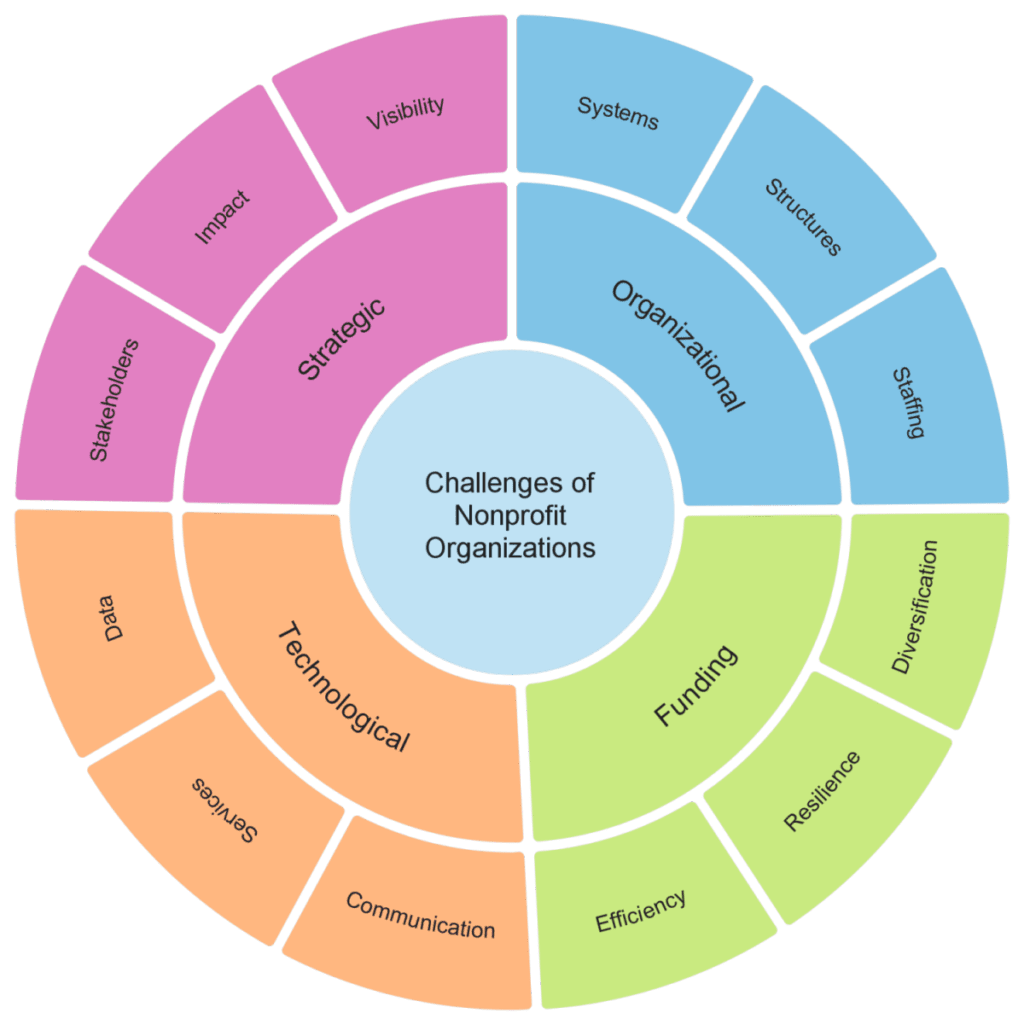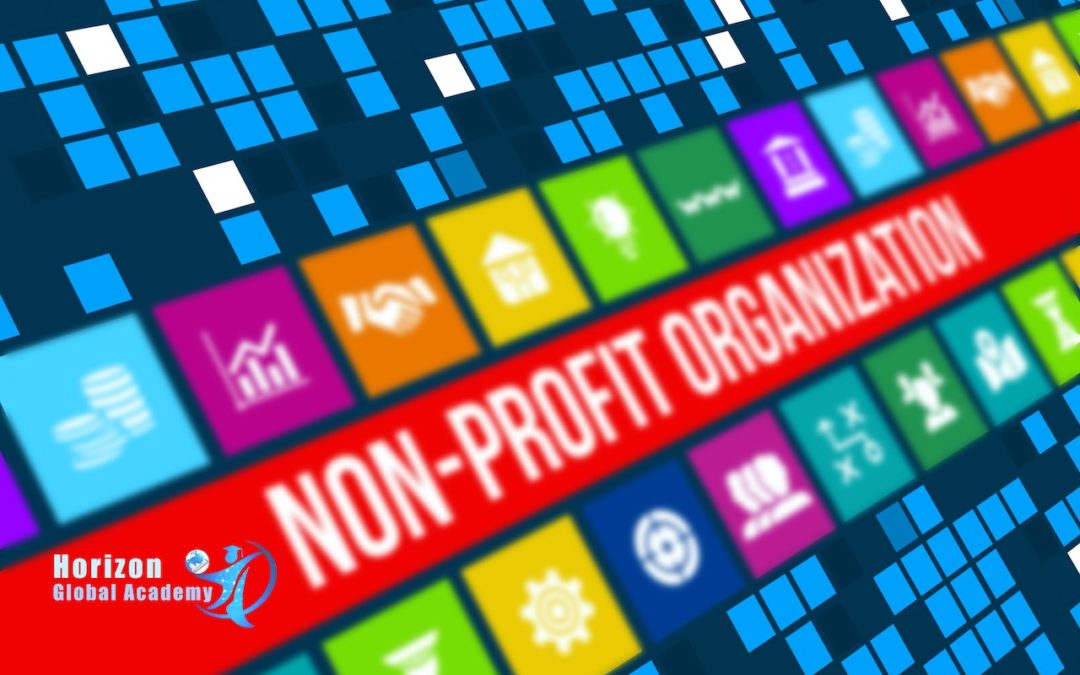Life is never easy for nonprofit organizations. They continuously need to deal with a variety of challenges both at the strategic and operational levels. Unfortunately, due to their overloaded daily operations, few of them have enough time and resources to focus on long term solutions. They rarely can assess the real cause of their challenges and see the big picture.
After several years of literature review, scientific research and field studies it was not surprising for us to see that the challenges of nonprofit organizations are common and cluster under four categories which we call as SOFT Model referring to the initials of each category. Each category has three subcategories as illustrated.

Strategic challenges of nonprofit organizations are closely related to their impact on the individual, the target group and the community level. Impact is the new currency of the nonprofit world and the strongest channel to communicate with the society including sponsors, donors, beneficiaries, and volunteers. That is why nonprofit organizations need to measure and manage their impact. One other aspect of strategic challenges is stakeholder management. It is almost impossible to run a nonprofit organization without managing its stakeholders. The lack of successful strategic impact and stakeholder management worsens the visibility problems which is very common especially in small and medium-sized nonprofits.
Organizational challenges are mostly about the structures and the systems of nonprofit organizations. Unfortunately, few of them are successful to adapt their systems and structures with the changing conditions. Lack of organizational performance is usually because of improper structures and systems. The third aspect of organizational challenge is the staffing which includes not only the staff but also the volunteers.
Funding challenges are probably the most common and visible challenges of all kinds of nonprofit organizations. Funding diversification and resilience are the two practical sources for sustainable solutions. Using financial resources efficiently is another opportunity to deal with funding challenges. Funding resources change in two ways. First, online funding resources are replacing classical channels. Second, funds go to the projects rather than the operations. Project-based management is becoming more and more dominant in the nonprofit sector.
Technology challenges are the last but not the least group of challenges for nonprofit organizations. In our recent academic research on different nonprofit sectors, we found out that data is not collected, analyzed, utilized and managed properly in most of the nonprofit organizations. For most of nonprofit organizations, adopting new technologies to improve the quality and impact of their services is one of the main challenges. While the speed of technological development accelerates continuously, it becomes a bigger challenge for nonprofit organizations to leverage it. Technology became the main channel for communication. Internet and social media are not only the most popular but also the most efficient way of communication. Almost all nonprofit organizations have webpages and social media accounts. Unfortunately, few of them use them effectively. As a simple comparison, if the social media account of a nonprofit organization has fewer followers than 1000 times the number of its employees, we cannot talk about successful social media usage. Websites and social media accounts need to lead to significant donations, visibility, and more volunteers.
SOFT Model is a good reference for the initial assessment but not good enough for a customized solution. As Vectors Group we are aware that the first step of any successful treatment is the accurate diagnostic of the problem. That is why we allocate most of our research resources to identify the unique challenges nonprofit organizations face.
It was first published by Vectors Group on April 1, 2020

